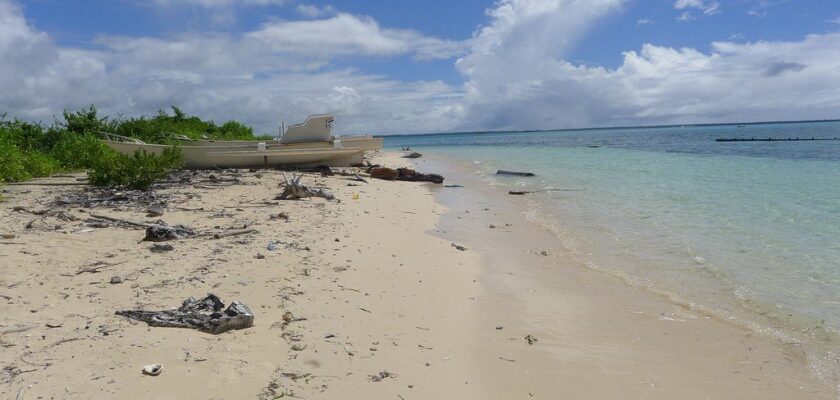Maluku Islands
The Moluccan Islands are a group of islands in the eastern part of the Malay Archipelago, between the islands of Sulawesi and New Guinea. The name “Moluccas Islands” (derived from the Arabic word maluku, meaning “land of kings”) originally referred to a chain of five small islets – Ternate, Tidore, Moti, Mare and Makian – stretching very close to the west coast of the archipelago’s largest island, Halmahera.”
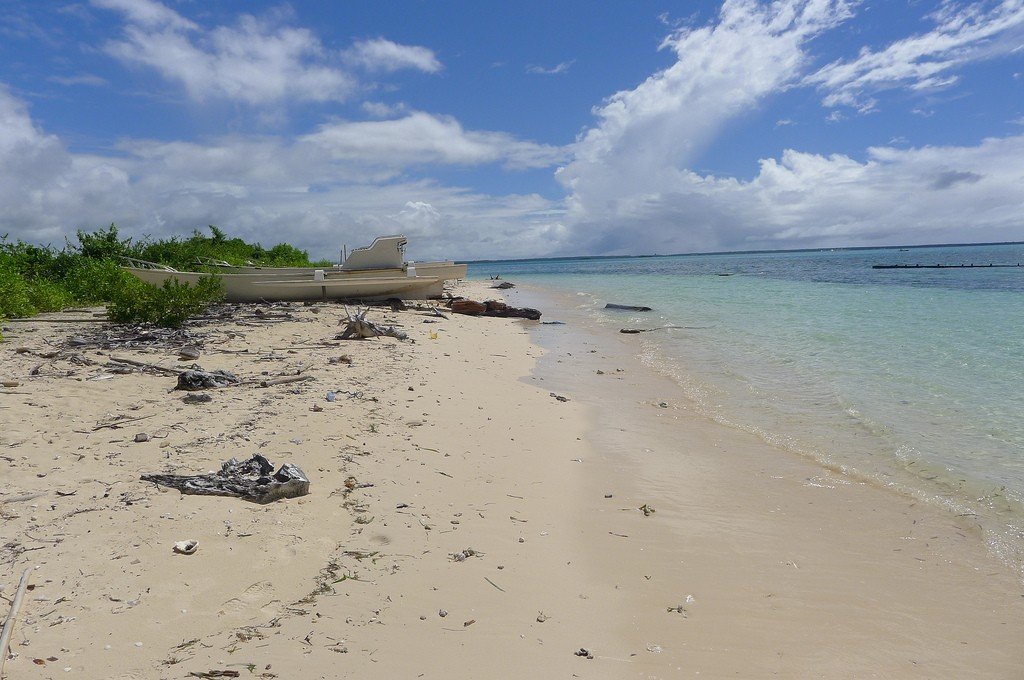
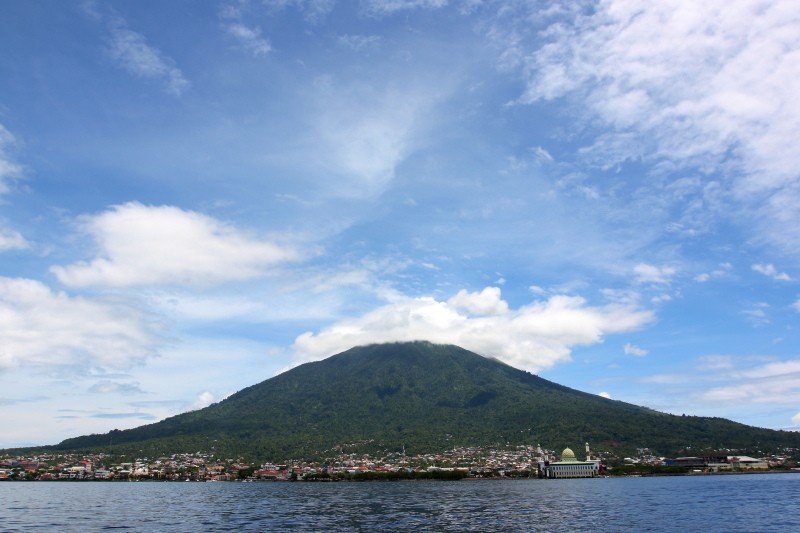
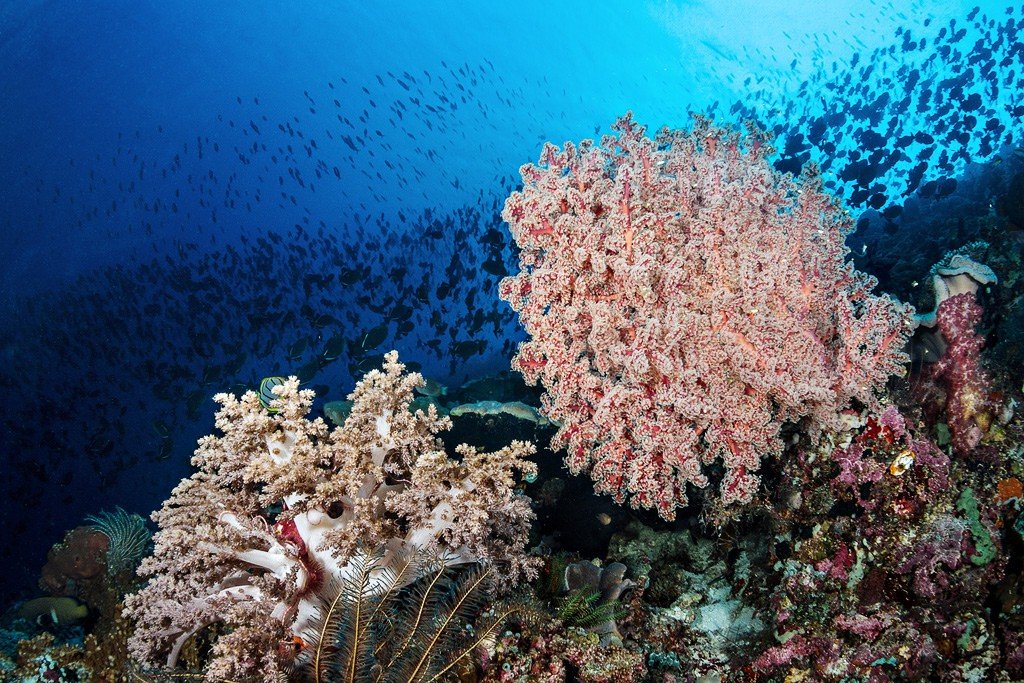
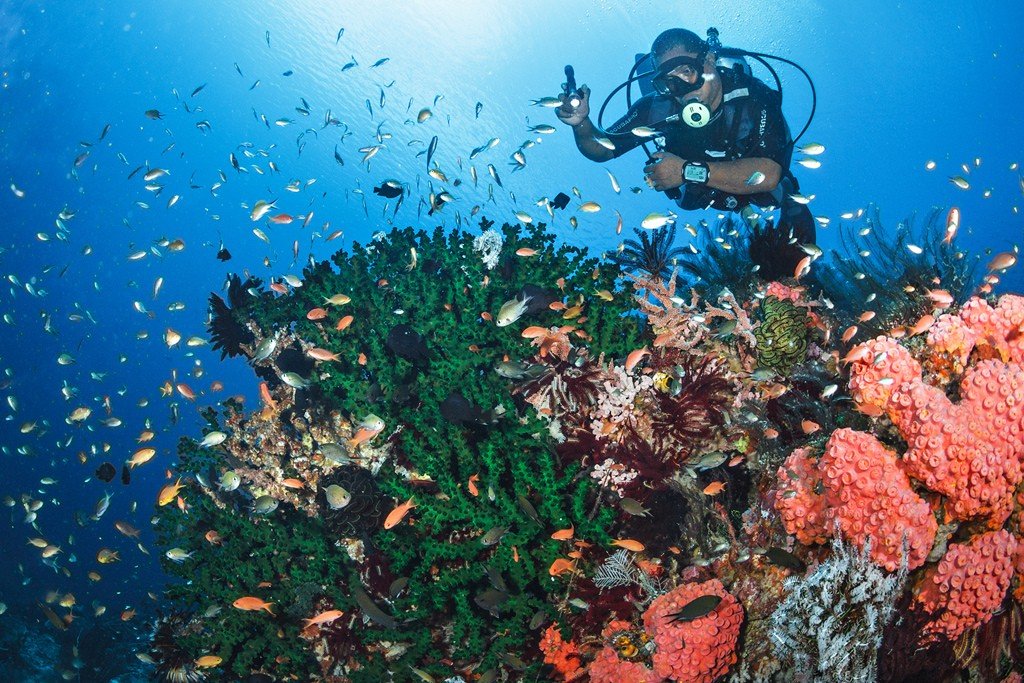
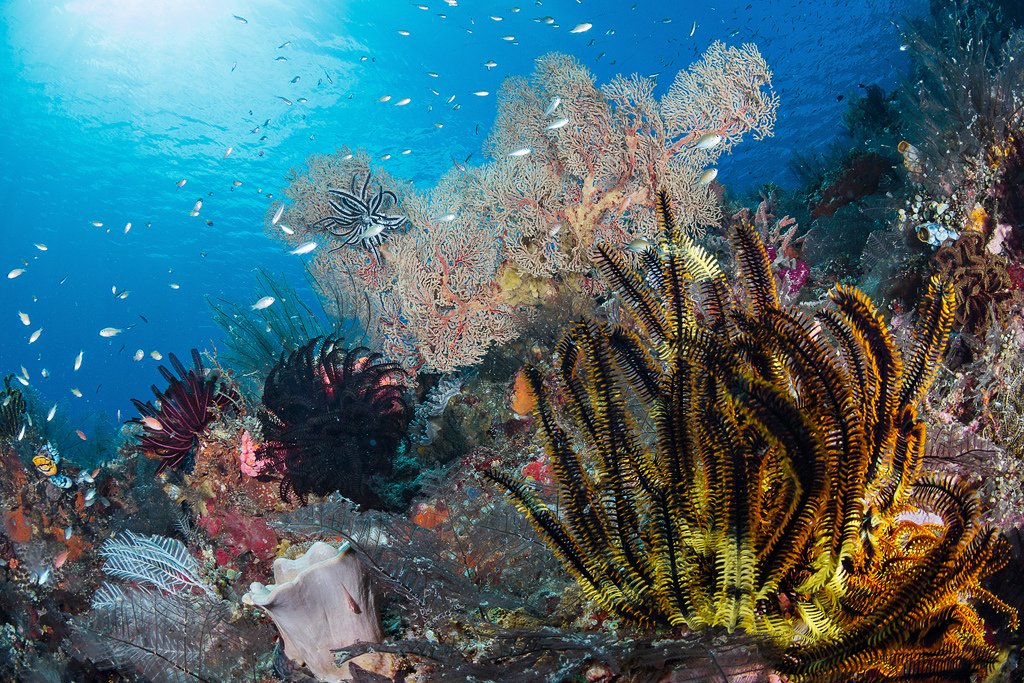
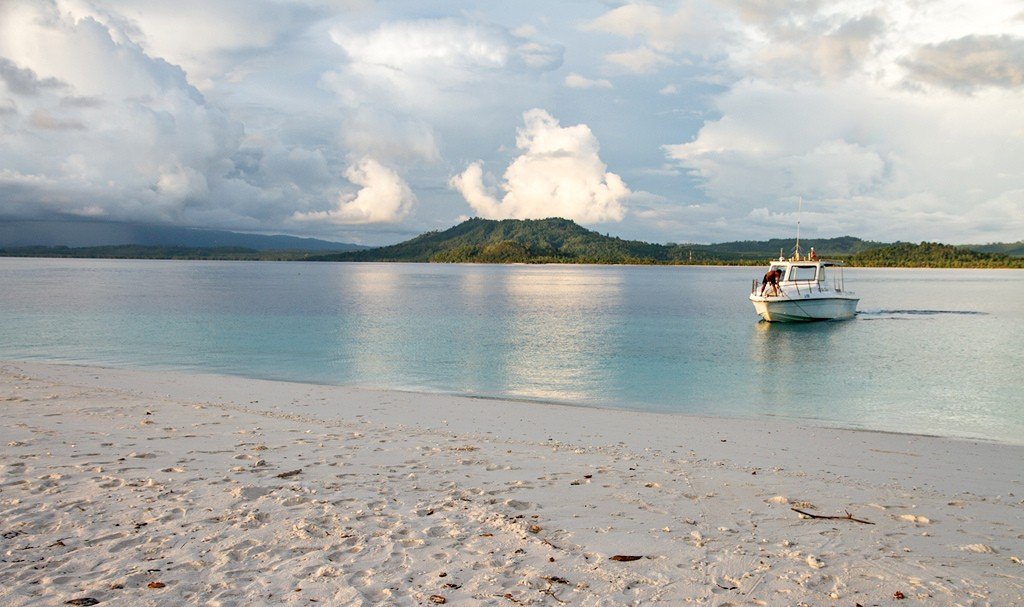
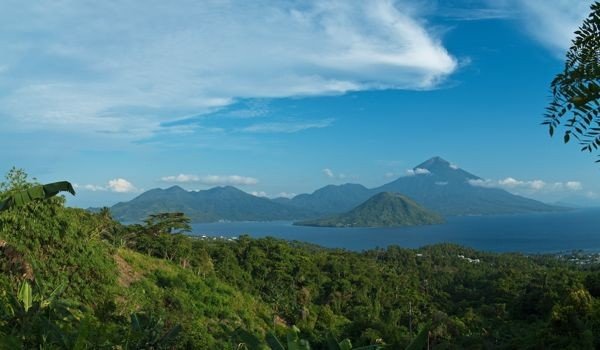
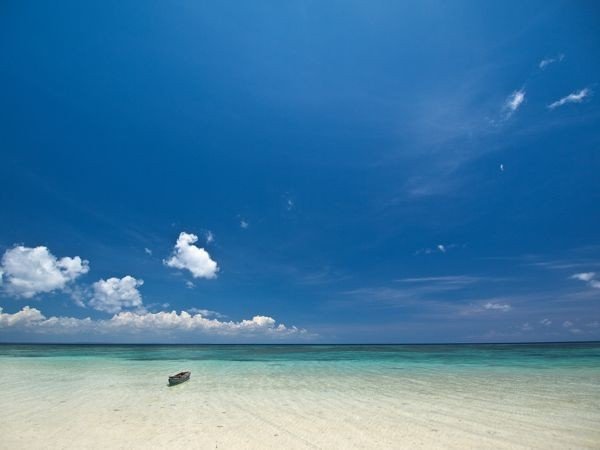
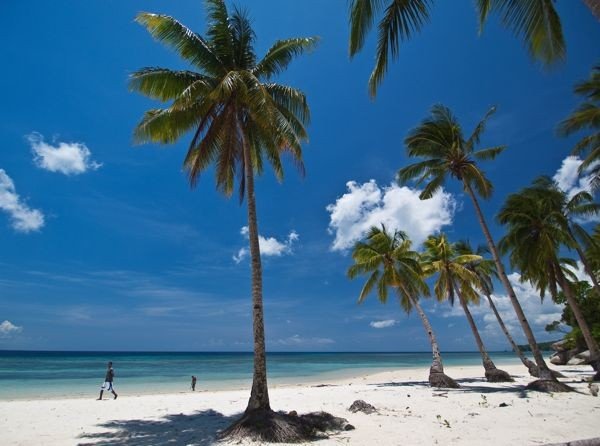
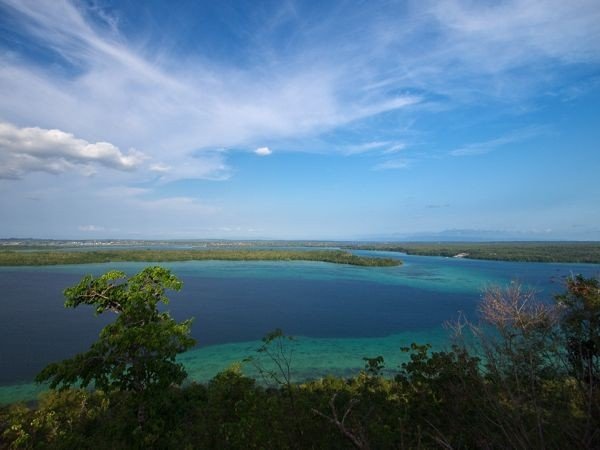
General information
The Moluccas Islands are known as the “spice islands”, here they grow naturally (on small volcanic islands). In the past, the islands were the main suppliers of this commodity to the world market.
.
Plantations of cycad and coconut palm, clove tree, cinnamon, nutmeg, pepper.
.Area 83.7 thousand km², population about 2.1 million people.
.
Stretching from north to south and southeast for 1300 km.
.
The largest islands are Halmahera, Seram, and Buru.
.
Administratively, the island group is divided into the provinces of Maluku and Maluku-Utara.
.The most important islands of the first province, located in the south, are Ambon, Seram, Buru, and the archipelagos of Banda, Kei, Aru, and Tanimbar.
.
The northern islands include Halmahera, the Moluccas (Ternate, Tidore, etc.) and the Sula Islands.
.The main city and port is Ambon (Ambon Island).
.
Nature
The islands are mountainous (up to 3019 m high – Binaya on Seram Island), located in the seismic zone, earthquakes are frequent. Numerous volcanoes (including about 10 active volcanoes).
.
Climate is equatorial, in the south – subequatorial; air temperature varies near the coast from 25 to 27 ° C.
.Precipitation in the lower parts of the slopes from 800 to 2000 mm per year, above – up to 4000 mm and more.
.
Over 80% of the territory of the Moluccas is occupied by equatorial forests of palms, ficus, dipterocarp, bamboos; above 1200 m, deciduous and coniferous species (casuarinas, dammar pine and others) prevail, as well as groves of cajeput (Myrtle family), which gives valuable essential oil.
.In the lowlands, thickets of shrubs, tree ferns and alang-alang grass are frequent.
.The fauna of the archipelago is characterized by a combination of East Asian and Australian species: climbing marsupials (cuscus), bats, casuars, cockatoos, cockatoo parrots (white and pink cockatoos are found on almost all major islands, black – on the Aru Islands), birds of paradise (pennant bird of paradise, etc.), crocodiles, boa constrictors, tree frogs.
.Plantations of cycad and coconut palm, clove tree, nutmeg, pepper (spices).
.Population
The population is racially and culturally heterogeneous, consisting of Malayilinguals and Alfurs. There are significant groups close to Melanesians (Austronesian languages) and Papuans (Halmaherians and others) who speak distinctive New Guinean languages.
>
Some Austronesian languages of the Moluccas are considered transitional from the Western (Indonesian) language group to the Oceanic (Polynesian and Melanesian) language group.
.Seram, Buru, Ambon Islands are also inhabited by people from Sulawesi and Java.
.The main city and port is Ambon (Ambon Island).
.
A high percentage of Christians (about 40%) in the population of the islands. The largest and most developed people of the region are the Ambon people. Some Ambon people also live in western New Guinea, Java, and the Netherlands.
.
In 1950, the Christian part of the population (as well as part of the Muslim elite of the region, associated, as well as Christian with the spice trade) proclaimed in the southern Moluccas Islands independent republic Maluku Selatan. However, the secession attempt was forcefully suppressed by the Indonesian Army.
The idea of Moluccan independence is still alive among part of the region’s population (Front for the Independence of the Moluccas – FKM), which has contributed to tense relations between Christians and Muslims. The crisis escalated into a phase of armed confrontation in 1998 (1998 – 2004) on the island of Ambon, when 80 thousand people from Sulawesi fled the region and about 500 thousand people were forced to change their place of residence. The trigger was a trivial domestic dispute between a bus driver and a passenger.
.
The situation worsened when militants of the Islamist organization “Laskar Jihad” began arriving on the islands from other parts of Indonesia, “standing up for the Muslims” of the Moluccas and continuing religious pogroms with renewed vigor.
.Some experts claim it was the world’s fiercest civil war in decades, with per capita casualties here exceeding what they were in Bosnia.
.Many small islands completely changed their confessional composition, and the provincial capital, Ambon, was divided into two parts (Muslim and Christian).
.Sightseeing
The scenery of the Moluccas is exceptionally beautiful.
Calm shallow straits with coral shoals, picturesque bays, mountainsides covered with evergreen forests..The rich history of the archipelago has also been reflected in the appearance of many of the islands.
.For centuries, these scraps of land remained the most valuable real estate in all of Indonesia, as they had a natural monopoly on the cultivation of cloves and nutmeg.
.The town of Ternate, which shares the same name as the island, grew up around a fortified trading post that was built by the Dutch in the early 17th century. On a hill overlooking the town stands the Sultan’s palace of Kedaton, which now houses a museum.
.Soasiu, the main town of the island of Tidore, resembles a Mediterranean fishing village. The whitewashed houses with Iberian pointed roofs climbing up the hillside behind the port are a legacy from Spanish times.
.
The Banda Islands, the famous “nutmeg islands,” literally breathe history.
.
Their main town of Banda Neira, located on a mountainside sloping down into the sea, is separated from the neighboring island only by a narrow strait.
.In the center of the city you can see an old Dutch Protestant church and two military fortifications, Fort Belgica and Fort Nassau.
.